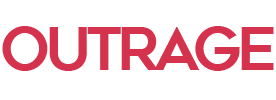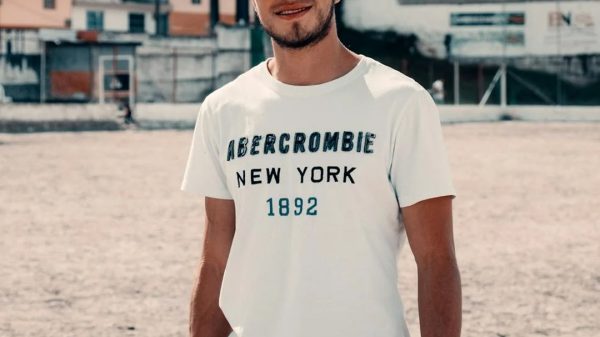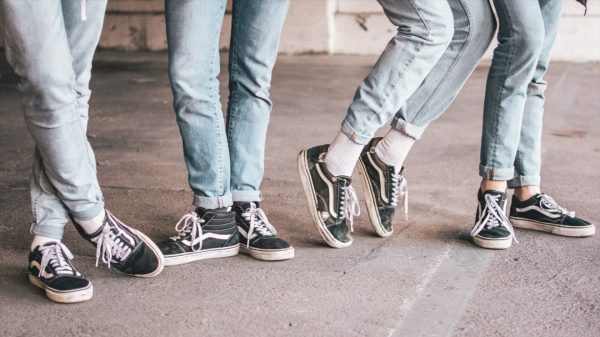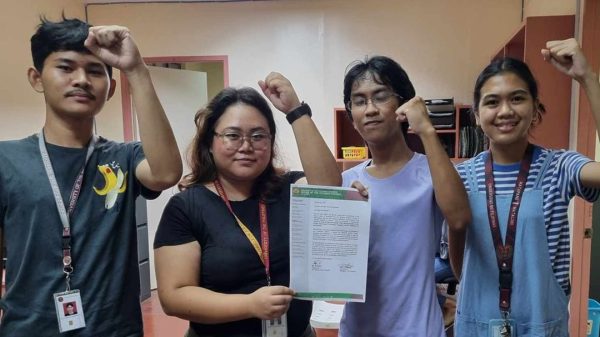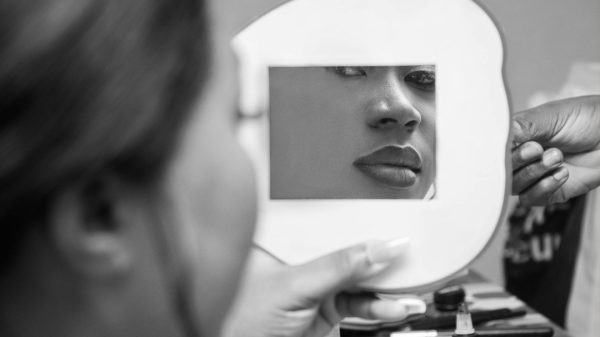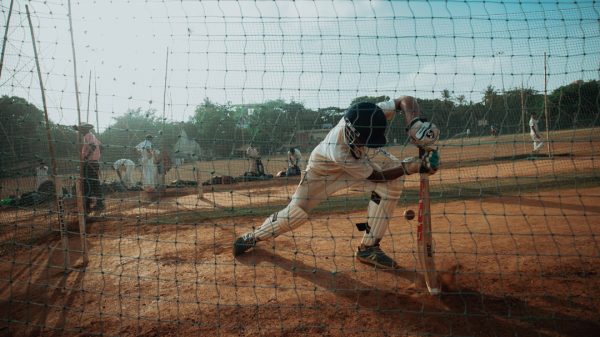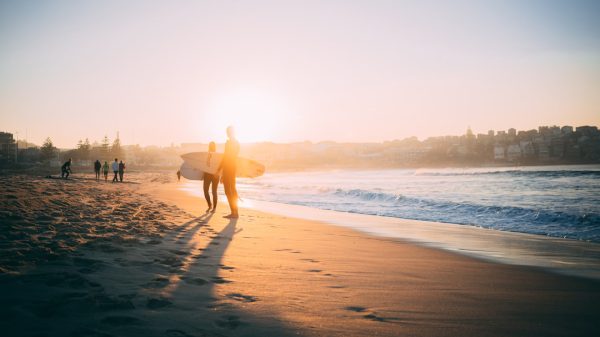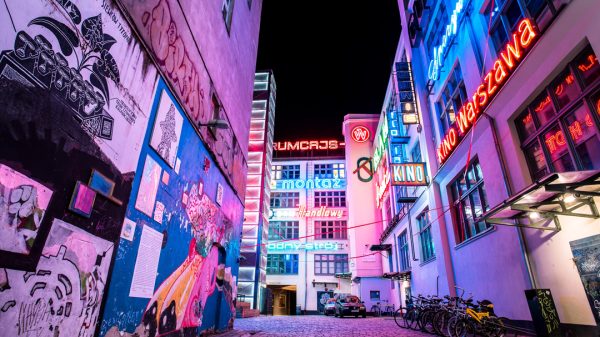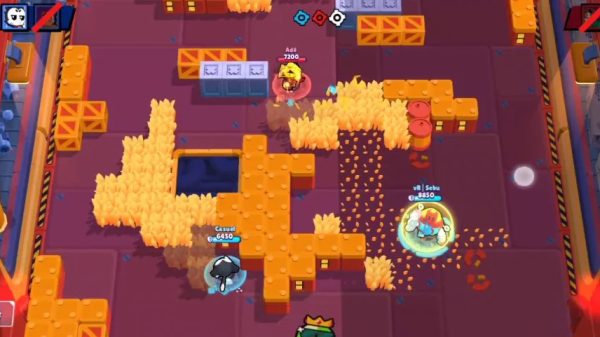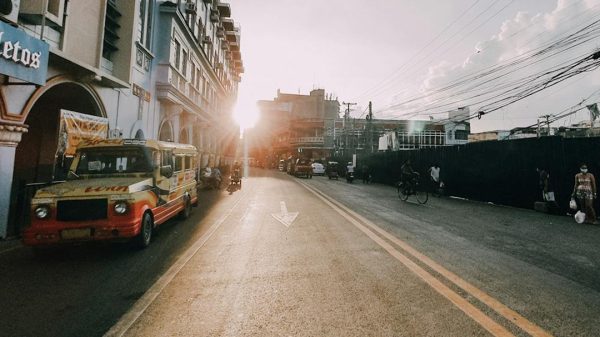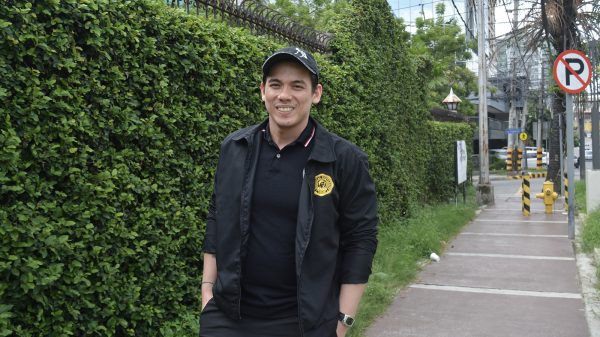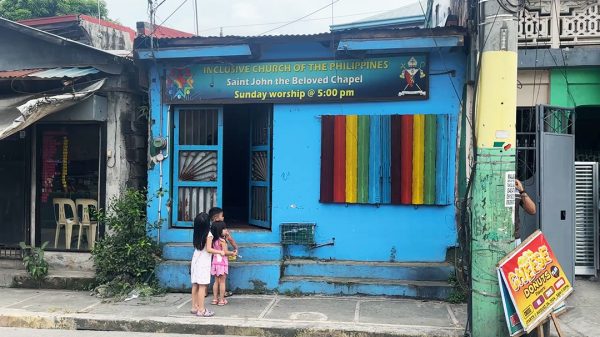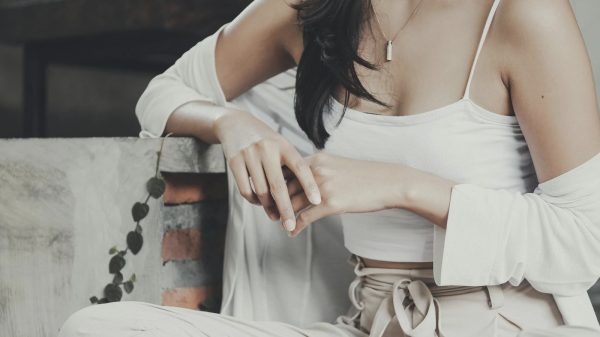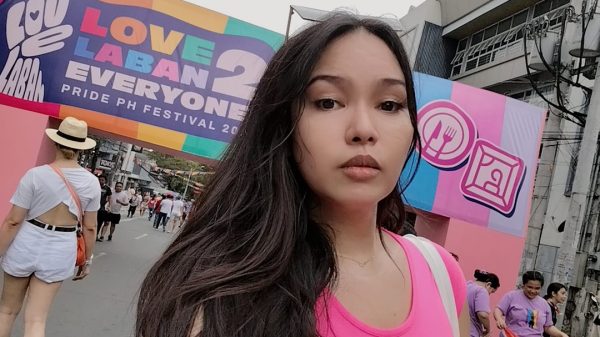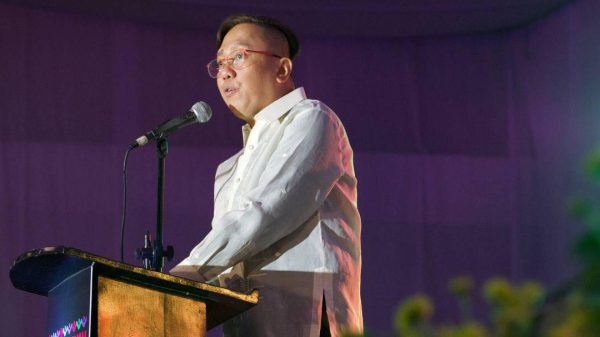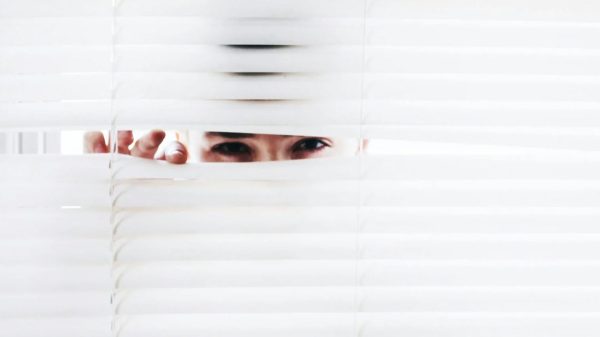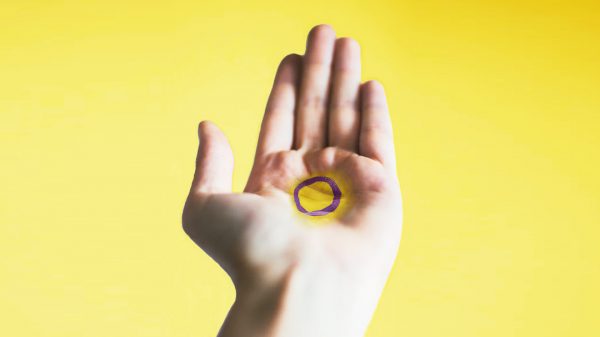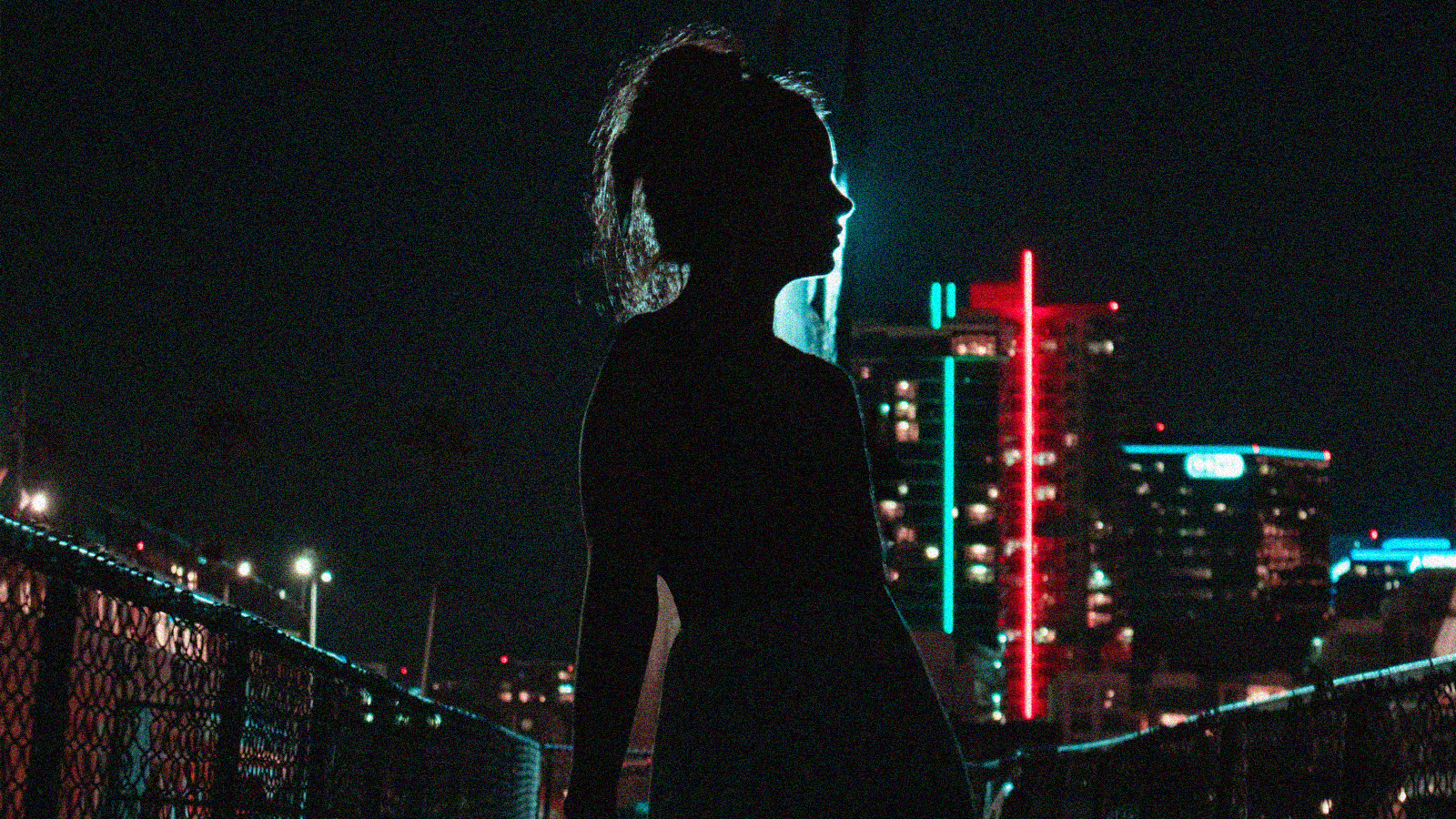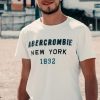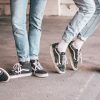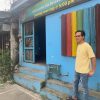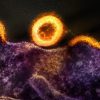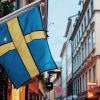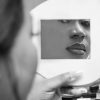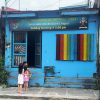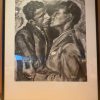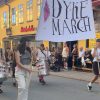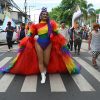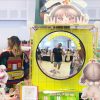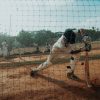This is part of #KaraniwangLGBTQIA, which Outrage Magazine officially launched on July 26, 2015 to offer vignettes of LGBT people/living, particularly in the Philippines, to give so-called “everyday people” – in this case, the common LGBTQIA people – that chance to share their stories.
As Outrage Magazine editor Michael David C. Tan says: “All our stories are valid – not just the stories of the ‘big shots’. And it’s high time we start telling all our stories.”
Mia was 16 years old when she started doing sex work. “Sa silingan lang man pud to namo. Kuwan lang sad… bayot lang pud tu siya. Gi-kuwan ko niya, nga kanang, ‘Sayang kaayo imong pagkabayot kung di nimo gamiton ug kuwan-kuwan.’ Mao tu nikuyog ko niya, hangtod na-kuwan ko (A neighbor influenced me.. He’s also gay. He told me, ‘You’re wasting your being gay if you don’t use it to earn.’ So I went with him, until I was hired).”
Now 20 years old, her rates remained somewhat the same – i.e. for Filipinos, she charges from ₱500, and from ₱2,000 to ₱3,000 for foreigners (“Kasagaran Koreans/Usually Koreans”). And “depende kung unsa inyong sabot; sabutan ninyo kung unsa inyong himuon. Unya mao na, muadto na mi (the acts depend on what you agreed on; you discuss what you’re willing to do. And then that’s it, we go to them).”
Interestingly, Mia’s family – based in Mantuyom, Mandaue City – knows what she’s doing. Not that they can stop her, since “molakaw man jud ko (I just leave).” And so, instead, “ila kong tambagan. Kanang kuwan, ayaw sige’g kuwan ana basin masakit ka (they just advise me. They say, don’t engage in this line of work too long because I could get sick).”
COMING OUT TRANS
Mia identified as a girl for as she can remember. “Kanang since birth pa jud ko, kanang… bayot jud ko.”
Initially, as the fifth of nine kids, Mia noted that her parents, particularly her father, didn’t like this, so “wala lang ko nagpaila kay akong papa masuko man. Wala man ko gidawat nga bayot ko (I didn’t show to them that I’m like this since my father got angry. They couldn’t accept me as LGBTQIA).”
Eventually, “nadawat ko nila. Kay gabantay na man sila nako nga bayot na man jud ko. Mao tu pag-kuwan na… gipagawas na jud nako ang pagka-kuwan… pagka-unsa ni… pag-kinse na nako (they accepted me. They noticed that I’m helplessly gay. So when I was 15, I came out completely).”
It was around then when she entered the sex industry.

IMAGE USED FOR REPRESENTATION ONLY.
Original photo by Josué AS from Unsplash.com
ALL IN A NIGHT’S WORK
Mia usually walked the streets of Mandaue City, working from late in the evening until dawn the next day. And yes, she usually picked up clients from the streets, though – interestingly – there would be times when the sex acts were also done where the picking up happened, usually on dark alleys, empty sidewalks, empty lots, and so on. “Mas safe (It’s safer),” she said, since it’s closer to where the other sex workers were also on duty; when taken to lodges, many like her fear that another person may be waiting there to do something bad to them.
Despite this act for self-preservation, Mia is not at all picky when it comes to using condoms to avoid HIV infection. “Sa uban kung wala, magpa-kuwan lang gihapon ko nila. Kanang ma-kuwan na gud, mahudtan na ug condom. Mao na magpa-kuwan na (Even if others don’t have condom, I still allow them to penetrate me. This usually whens when we run out of condoms. So I just agree).”
And no, even if pre-exposure prophylaxis (PrEP), a medicine that can cut the risk of HIV infection by 99%, is also targeted among transgender women including in the Philippines, Mia has yet to hear about it. Instead, she only knew of antiretroviral medicines, those given to someone already living with HIV, and what she knew was limited since “mura kog nahibuong, ‘Unsa ni siya?’. Wala nasabtan. Wala ni-explain (I was confused. ‘What’s this?’. I didn’t understand a thing. No one explained to me).”
The only time she got tested for HIV was in “2020… o basin 2021 (2020… or maybe 2021)?” And only because she was pressured to take the test, or not be given safer sex tools by a health facility she visited. “Nakuyawan pud ko ato, basin ma-positive ba. Pero murag nalipay lang pud ko kay pag-istorya, kay negative (I was scared then, that maybe I’m positive. But I ended up happy when they talked to me, it was negative).”

IMAGE USED FOR REPRESENTATION ONLY.
Original photo by Josué AS from Unsplash.com
PEERS AS FAMILY
Unable to properly discuss her plight with family members, and since health care service providers also not that friendly, Mia said she’s dependent on her peers (e.g. other LGBTQIA people particularly in their locality, and other sex workers).
In fact, it was the president of the LGBTQIA organization in the barangay where she lived who first encouraged her to get tested for HIV. “Siya lang man ga-timo sa among LGBT (She’s the only person leading us LGBTQIA people in our community).”
Mia similarly credited other sex workers, particularly those “mas tigulang sila (older than us)”, for providing safer sex materials. “Kay kabawo na man sila nga hugaw jud kung magpa-sex ka nga walay condom. Unya wala ka kabawo sa atong laki, nga unsa na diay to, siraon na (They know it’s dirty to have sex without condoms. You can’t tell with guys, that perhaps they already have some virus).”
These same people help with transitioning, too. “Manudlo pud sila ug kanang unsa sad namo… about sa kanang feminine namo, pills (They also teach us about… becoming more feminine, including taking pills).”
Life as a sex worker isn’t always easy, Mia admitted. But no, she doesn’t think she’d stop engaging in this line of work any time soon, or at all. “Go with the flow,” she said, “kay gakita man (since I earn anyway).”
